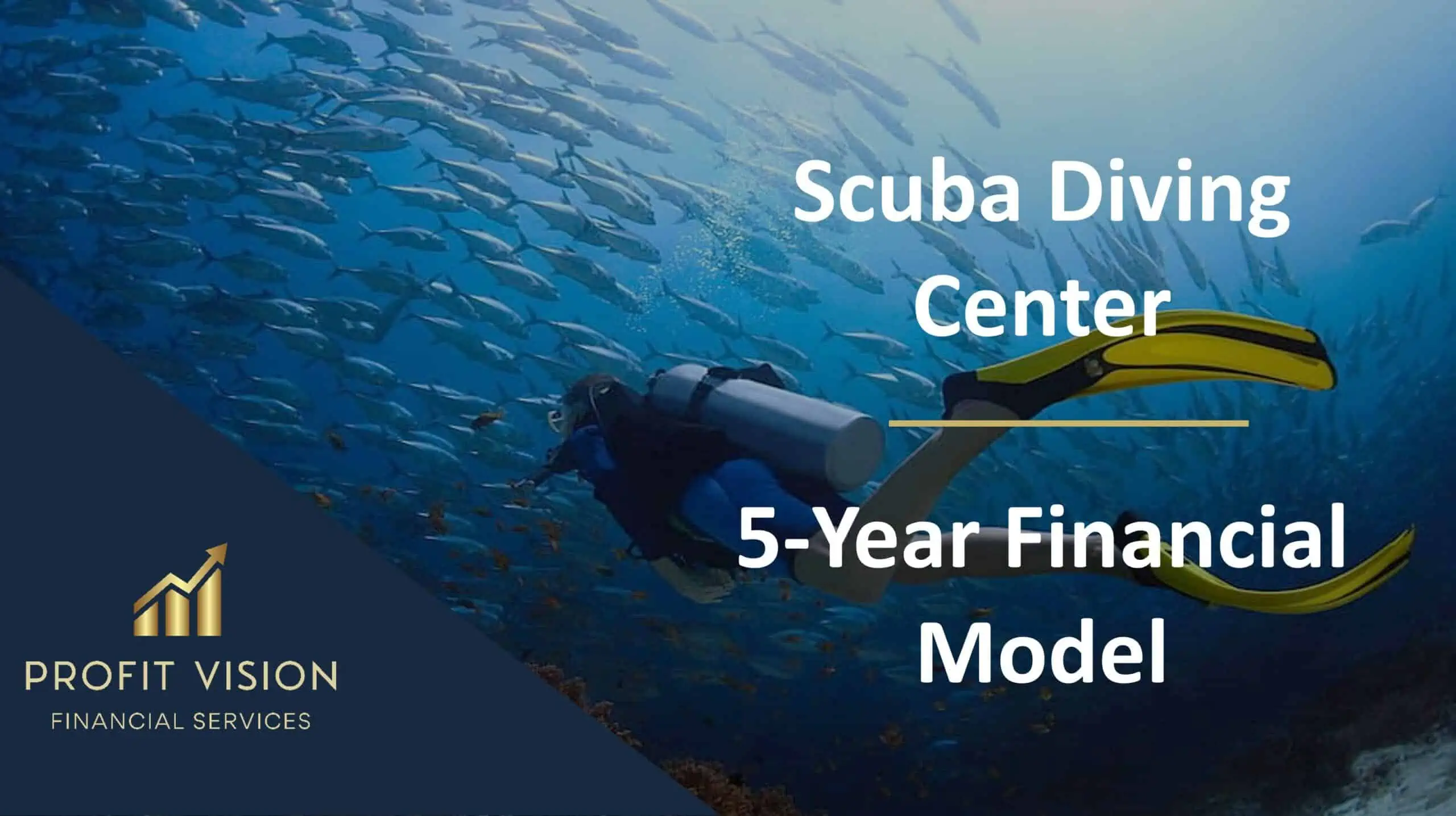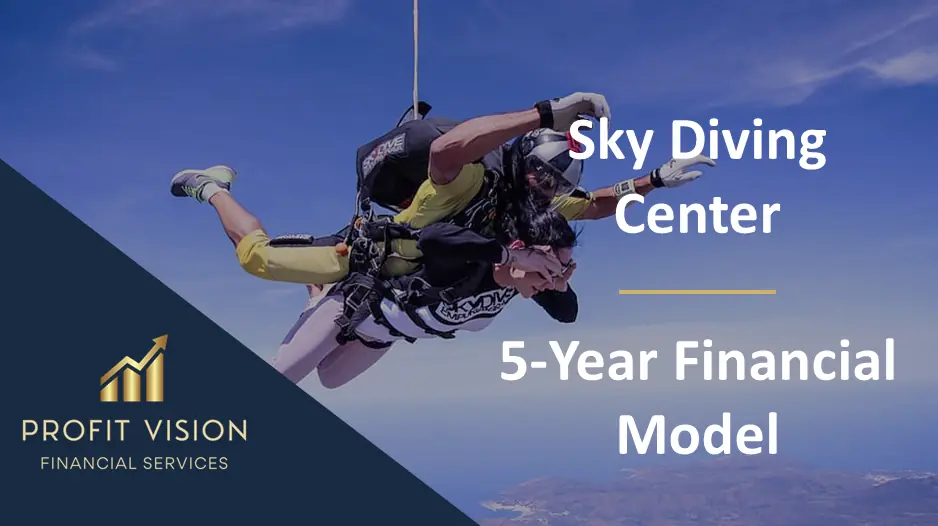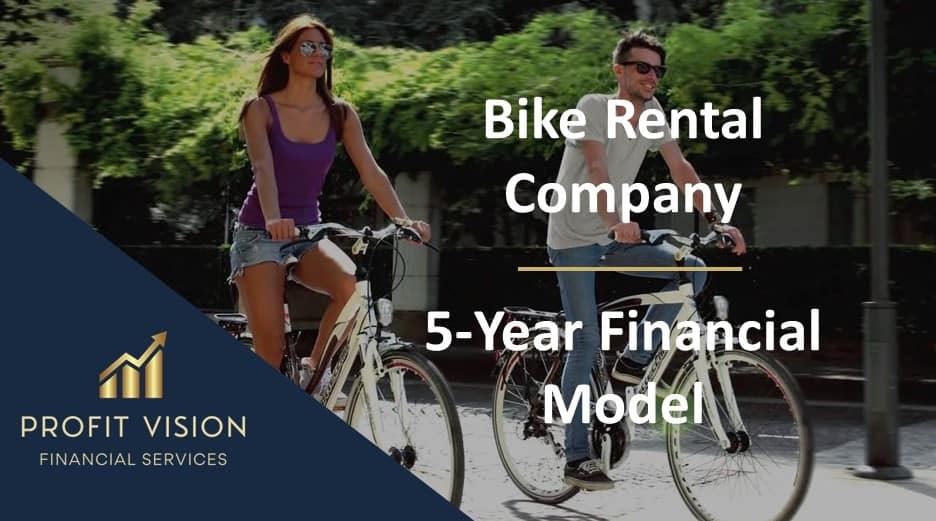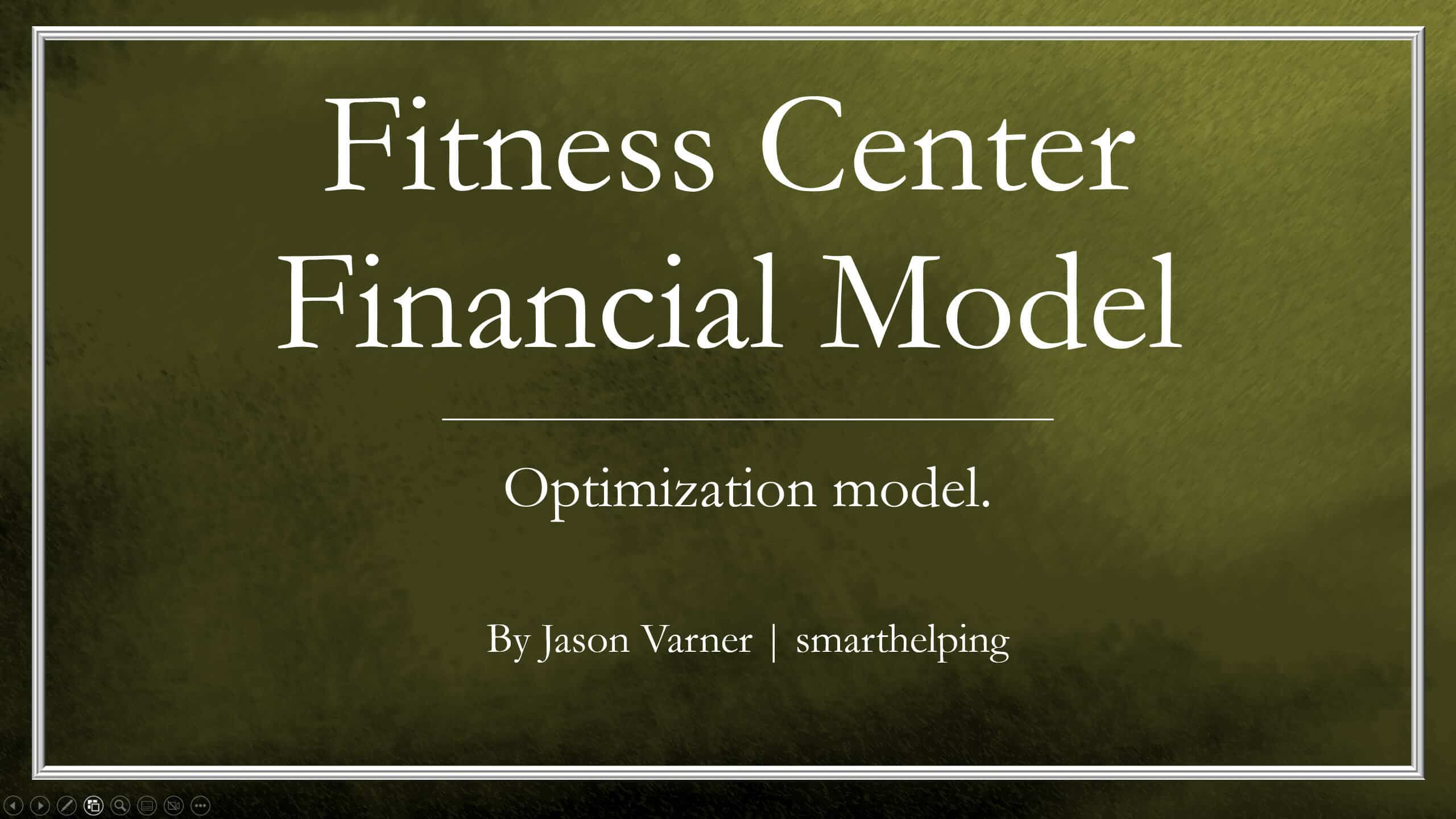Golf Course Financial Model – Startup
A 5-year financial model tailored to starting a golf course and projecting financial performance for its business plan. Includes financial statements.

Video Tutorial:
Latest upgrades: Fully integrated monthly and annual financial statements (IS,BS,CF) as well as added a capex schedule with depreciation and including rev. ruling from IRS guidance on depreciation for course construction. Also added a cap table and better terminal value and global model assumptions.
Building a golf course involves many considerations. The biggest is trying to figure out how to maximize potential revenue while also keeping the golfers happy. You have a limited amount of possible time that can be sold. For example, if your course has really high times to finish 18 holes, it means you will have to charge more in order to turn a profit, or else there will not be enough volume to cover operational costs.
However, you don’t want to make the course so quickly that it diminishes the experience. The basis for how revenue is driven in this model is based on that primary balance.
You will also see reference links in the model that give a good overview of what is involved in building your own golf course. You will likely spend somewhere around 5 to 10 million on the low end. It just depends on land/construction costs and whatever kind of features you have.
There is an option for ancillary revenue via food and beverages.
An ‘equity’ tab and ‘distribution’ tab exist to plan out possible cash proceeds and flows to investors that come on in different rounds, up to 6, based on the valuation they join at and the amount, it will diminish the owner’s equity.
You will have a wide range of financial performance visualizations to better see what the results of your assumptions are. An executive summary is available to view high-level figures as well as a more detailed monthly and annual pro forma view. There is an annual break-even tab to show how much annual revenue you must make to break even while taking into account variable and fixed costs.
You’ve also got the ability to plan out an exit month and the exit value based on an annualized revenue multiple per the month of exit. This all flows through to all the main line items dynamically and the debt (if any) is paid back at that date based on the remaining loan balance.
There is a discounted cash flow area that applies to each potential investor and the owner as well as IRR for each, as well as for the project.
Be sure to clear out all the assumptions and build your own case.
Similar Products
Other customers were also interested in...
Indoor Golf Business Model
This template is a detailed and user-friendly financial model that takes into account the specifics ... Read more
Golf Course Financial Model Excel Template
Golf Course Financial Plan Enhance your pitches and impress potential investors with the expected fi... Read more
Golf Course – Membership Only Model
Create a financial forecast for a members-only golf course. There are industry-specific caveats here... Read more
Scuba Diving Center – 5 Year Financial Model
Scuba diving affords an unparalleled experience with the underwater world. However, safe diving requ... Read more
Sky Diving Center – 5 Year Financial Model
Skydiving is the sport of jumping from an aircraft and performing acrobatic maneuvers in the air dur... Read more
Golf & Entertainment Center – 5 Year Financi...
Financial Model providing an advanced 5-year financial plan for a startup or operating Golf & En... Read more
Bike Rental Company – 5 Year Financial Model
Financial Model providing an advanced 5-year financial plan for a startup or operating Bike Rental C... Read more
Private Members Club Business Financial Model Exce...
Private Members Club Pro Forma Template Solid package of print-ready reports: P&L and Cash Flow ... Read more
Golf Range & Restaurant Financial Model
The idea of this financial model is a golf range with a restaurant, like the concept of Topgolf in t... Read more
Fitness Center 10 Year Financial Model
Key logic designed to forecast cash flow up to 10 years for a fitness center that has recurring mont... Read more
Reviews
Great model except that it’s missing a significant source of revenue/expense in the driving range operations. Might want to incorporate it in the next model update. Best – Joe Berro
540 of 1057 people found this review helpful.
Help other customers find the most helpful reviews
Did you find this review helpful?
-
Note, I have made an entirely separate model for the operation of a driving range: https://www.efinancialmodels.com/downloads/driving-range-startup-model-10-year-financial-model-258466/ and as of right now I believe it is best to have them be separate.
Thank you for your feedback.
439 of 878 people found this review helpful.
You must log in to submit a review.

























